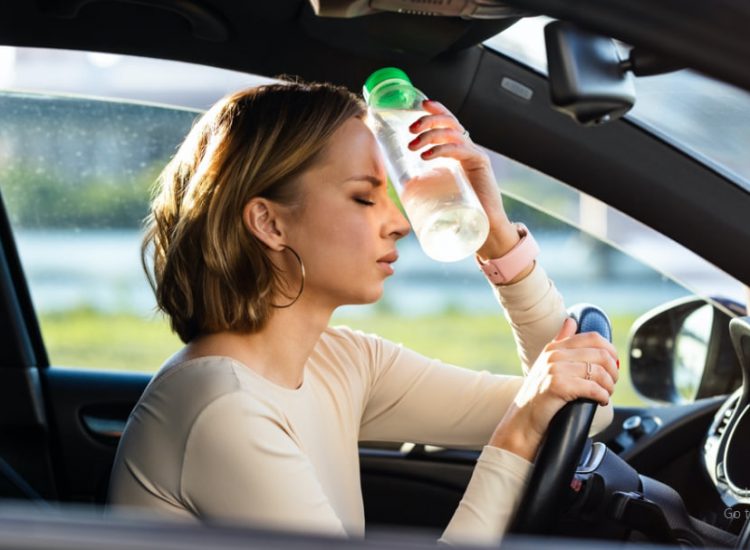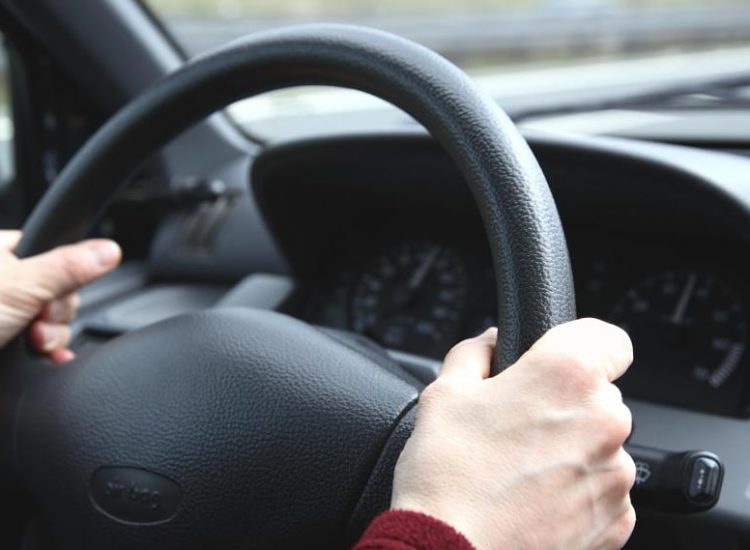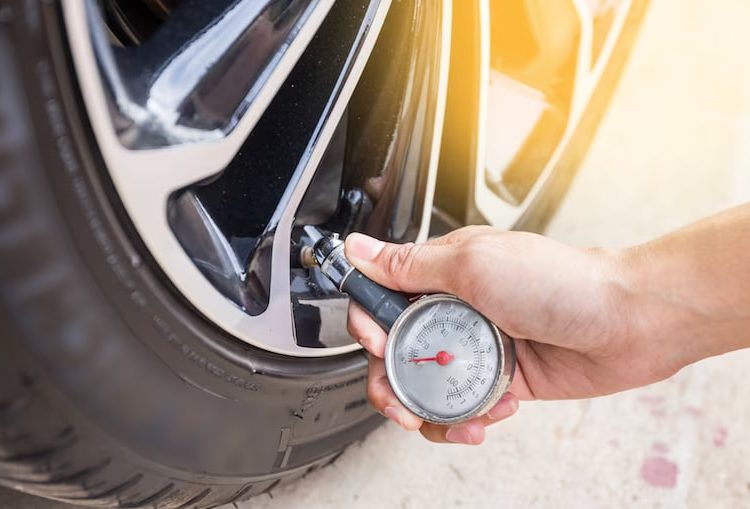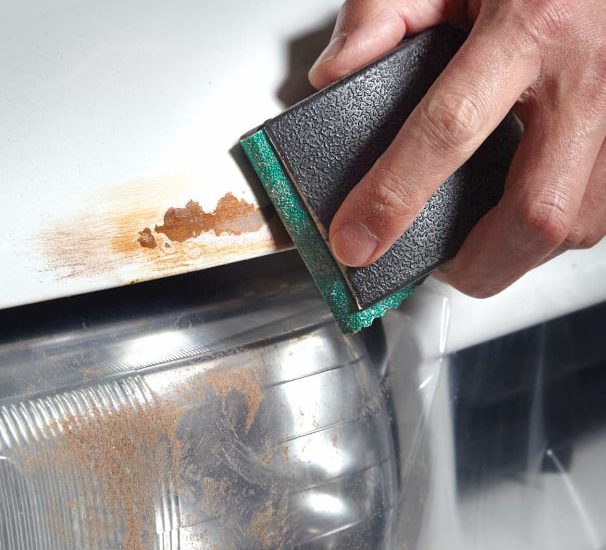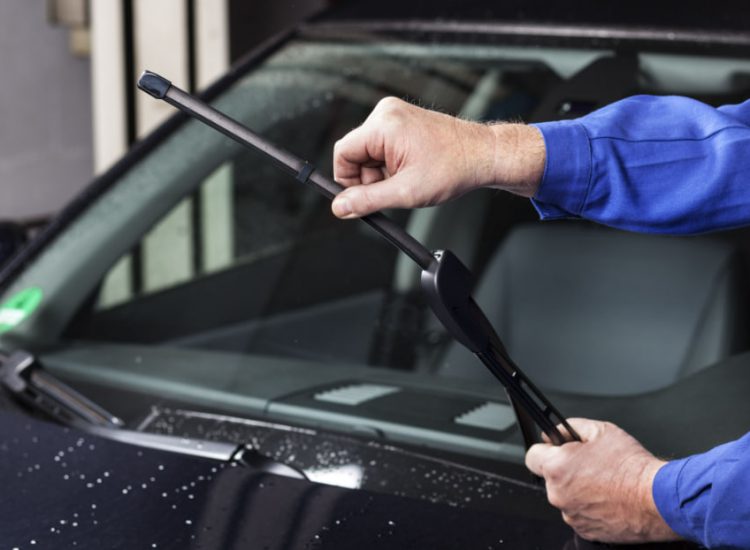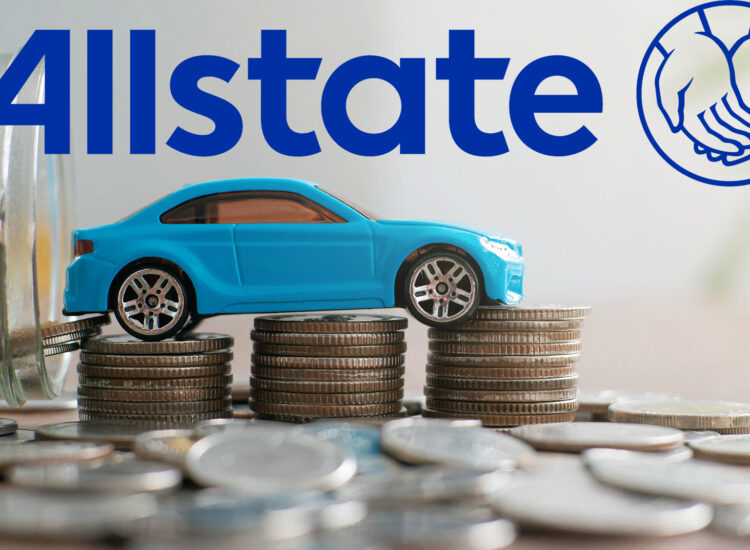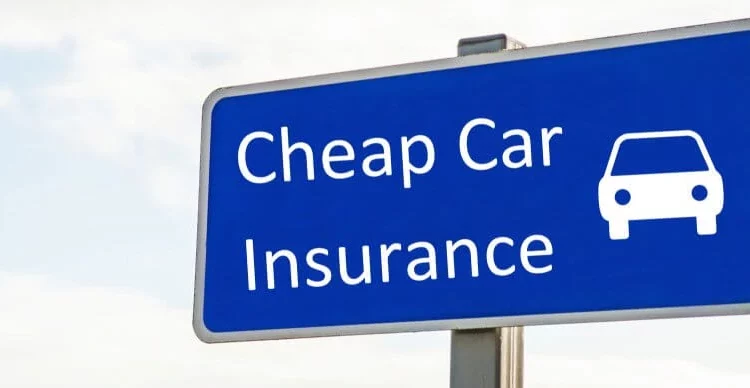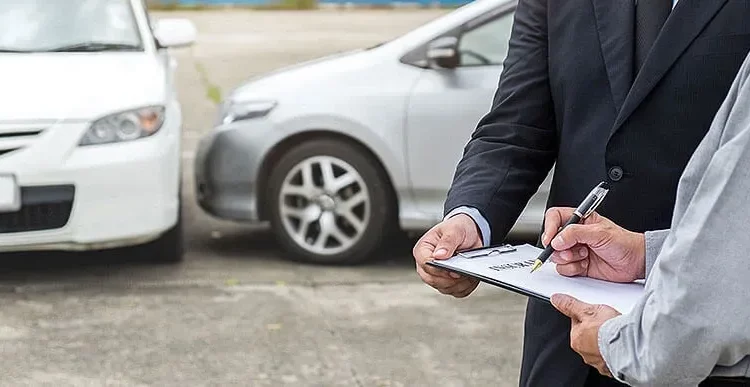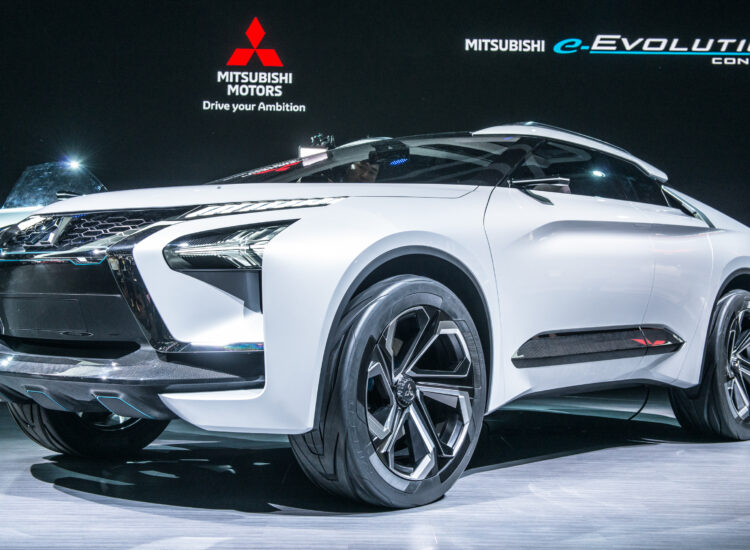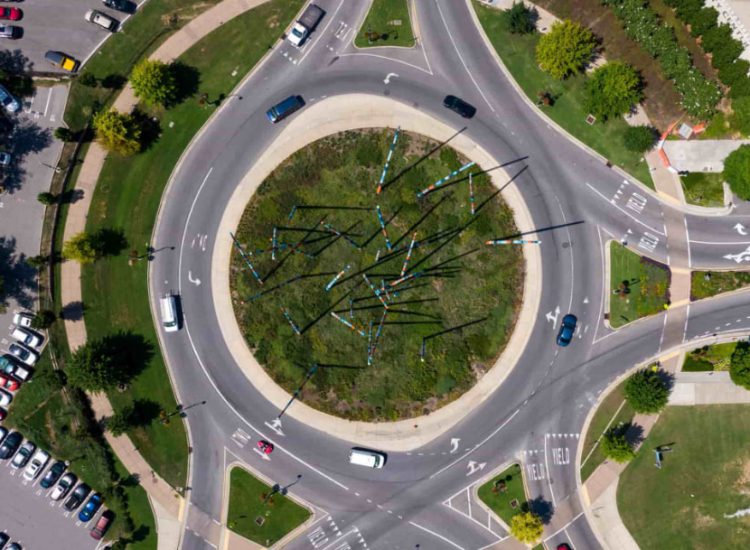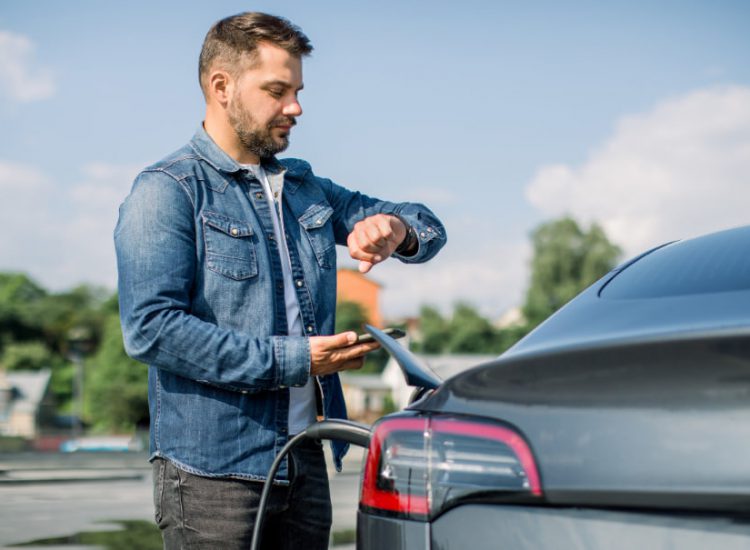Batteries are essential parts of many electronic devices, but they can be a headache when they start to corrode. Corrosion can cause a range of problems, from decreased battery life to complete failure of the device. If you’ve ever faced the issue of corroded battery terminals, you know how frustrating it can be. But don’t worry, there are solutions to this problem. Now, we’ll explore some of the most effective methods for cleaning corroded battery terminals, so you can get your devices up and running again in no time.
Toc
- 0.1. Step 1: Make sure your motorcycle is off
- 0.2. Step 2: Locate the battery
- 0.3. Step 3: Disconnect the negative cable
- 0.4. Step 4: Disconnect the positive cable
- 0.5. Step 5: Remove the battery
- 1. Wipe off any excess solution from the terminals with a rag or paper towel.
- 2. Related articles 01:
- 3. Let your battery dry completely before reconnecting the terminals to your motorcycle.
- 4. Related articles 02:
- 5. How to let your battery dry completely?
- 6. Conclusion
Make sure your motorcycle is off, then you can remove the battery
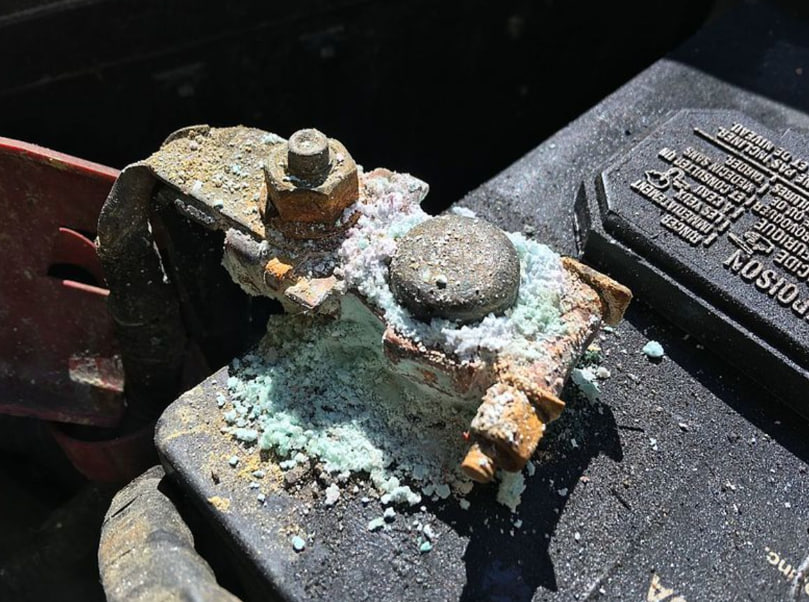
Maintaining your motorcycle is critical if you want it to run smoothly and last for a long time. One of the essential parts of your motorcycle is the battery, which you need to remove if you want to maintain it or replace it. However, removing the battery is not as simple as it may seem. You need to ensure that you follow the right steps to prevent any damages or injuries. Here is a step-by-step guide on how to remove your motorcycle’s battery:
Step 1: Make sure your motorcycle is off
Before you start removing your motorcycle’s battery, make sure that the motorcycle is turned off. This is important to prevent any accidental electrical shock or damage to your motorcycle’s system. Also, ensure that all your accessories are turned off, including the lights and radio.
Step 2: Locate the battery
The next step is to locate the battery on your motorcycle. The battery is usually found underneath the seat or somewhere on the side of the motorcycle. Refer to your motorcycle’s manual if you are unsure of where to find the battery.
Step 3: Disconnect the negative cable
Once you have located the battery, use a wrench or pliers to loosen the negative cable’s bolt. The negative cable is usually black and attached to the battery’s negative terminal. Remove the cable and ensure that it does not touch any metal parts of the motorcycle.
Step 4: Disconnect the positive cable
After disconnecting the negative cable, use the same tool to loosen and remove the positive cable. The positive cable is usually red and attached to the battery’s positive terminal.
Step 5: Remove the battery
Once you have disconnected both cables, you can now remove the battery from your motorcycle. Carefully lift the battery out of its compartment, ensuring that you do not drop it or damage any of its components.
Wipe off any excess solution from the terminals with a rag or paper towel.

1. https://suvwars.com/archive/349/
2. https://suvwars.com/archive/434/
3. https://suvwars.com/archive/77/
One crucial component of cleaning your electronics is wiping off any excess solution from the terminals with a rag or paper towel. But why is this step so important? Let’s dive into the reasons why wiping off the excess solution from the terminals is crucial and the best practices to do it.
Firstly, it’s important to understand what the terminals are and their functions. Terminals are the metal connectors or contact points on your electronic devices that connect to the battery or power source. They provide a pathway for the electrical current to flow and power your device.
When you clean your electronics, you may use a cleaning solution to remove dirt, grime, and other debris from the surface. While these solutions are effective in cleaning, they can also leave behind a residue that can interfere with the electrical connection between the terminals and the battery.
If the terminals are not properly cleaned and the excess solution is not wiped off, the residue can build up over time, leading to poor battery performance or even battery failure. Additionally, the residue can create a barrier that prevents the electrical current from flowing smoothly, causing your device to malfunction or stop working altogether.
To avoid this, it’s crucial to wipe off any excess solution from the terminals after cleaning. Use a rag or paper towel to gently remove any residue and ensure a clean and smooth connection between the terminals and the battery.
When wiping off the excess solution, be sure to use a clean and dry rag or paper towel. Avoid using any abrasive materials that can damage the terminals or leave behind fibers that can cause additional debris buildup.
Additionally, take care not to apply too much pressure when wiping off the excess solution. The terminals are delicate, and excessive pressure can cause damage or misalignment, leading to poor battery performance.
In conclusion, wiping off any excess solution from the terminals is a crucial step in cleaning your electronic devices. It ensures a clean and smooth connection between the terminals and the battery, promoting efficient operation and prolonging the lifespan of your electronics. Remember to use a clean and dry rag or paper towel, avoid abrasive materials, and apply gentle pressure when wiping off the excess solution. With these best practices, you can keep your electronics clean and working at their best.
Let your battery dry completely before reconnecting the terminals to your motorcycle.

However, to keep your battery in good condition, you need to perform some essential maintenance tasks. One of the most important tasks is to let your battery dry completely before reconnecting the terminals.Why is it important to let your battery dry completely?
When you disconnect your battery’s terminals, you might notice some moisture around them. This moisture might be due to the battery’s acid leaking or due to condensation. If you reconnect the terminals while the battery is still wet, it can lead to corrosion and damage to your motorcycle’s electrical system.
1. https://suvwars.com/archive/498/
2. https://suvwars.com/archive/445/
3. https://suvwars.com/archive/77/
Moreover, if you store your motorcycle in a damp area, it can lead to moisture buildup on your battery. This moisture buildup can cause your battery to discharge, reducing its lifespan.
To prevent these issues, it’s crucial to let your battery dry completely before reconnecting the terminals. By doing so, you can ensure that your battery remains in good working condition and your motorcycle’s electrical system remains protected.
How to let your battery dry completely?
To let your battery dry completely, you need to follow some simple steps:
Step 1: Disconnect your battery’s terminals.
The first step is to disconnect your battery’s terminals. You can use a wrench or a socket to loosen the nuts holding the terminals in place. Make sure to disconnect the negative terminal first and then the positive terminal.
Step 2: Clean the terminals and battery.
Once you have disconnected the terminals, you need to clean them and the battery. You can use a wire brush or sandpaper to remove any corrosion or dirt on the terminals and battery. You can also use baking soda and water to clean the battery, but make sure to rinse it thoroughly with water and let it dry completely.
Step 3: Let the battery dry.
After cleaning the battery, you need to let it dry completely. You can leave it in a well-ventilated area for a few hours or use a fan to speed up the process. Make sure that the battery is completely dry before reconnecting the terminals.
Step 4: Reconnect the terminals.
Once the battery is dry, you can reconnect the terminals. Remember to connect the positive terminal first and then the negative terminal. Make sure that the nuts are tightened properly.
Conclusion
Letting your battery dry completely before reconnecting the terminals is an essential maintenance task that can help prolong your battery’s lifespan and protect your motorcycle’s electrical system. By following the simple steps outlined above, you can keep your battery in good working condition and ensure that your motorcycle is always ready to hit the road.
